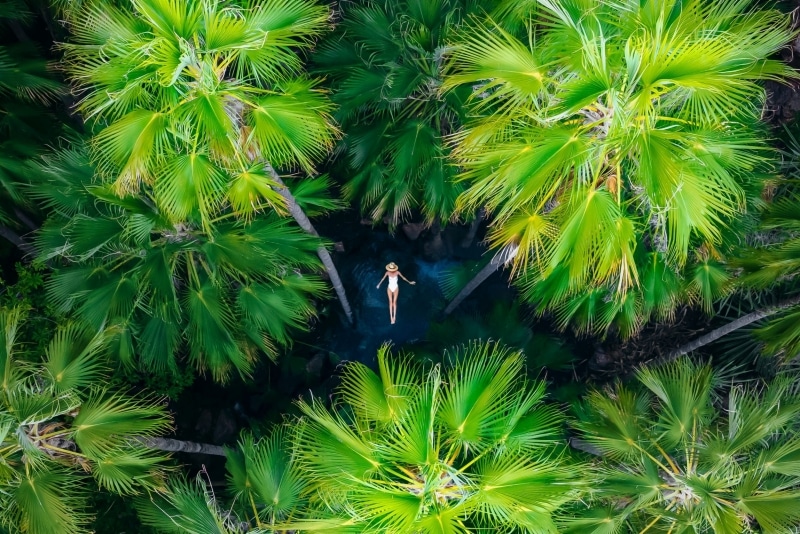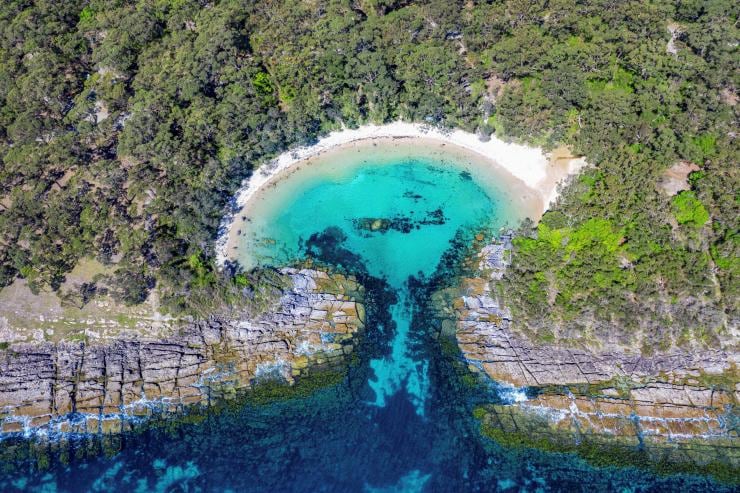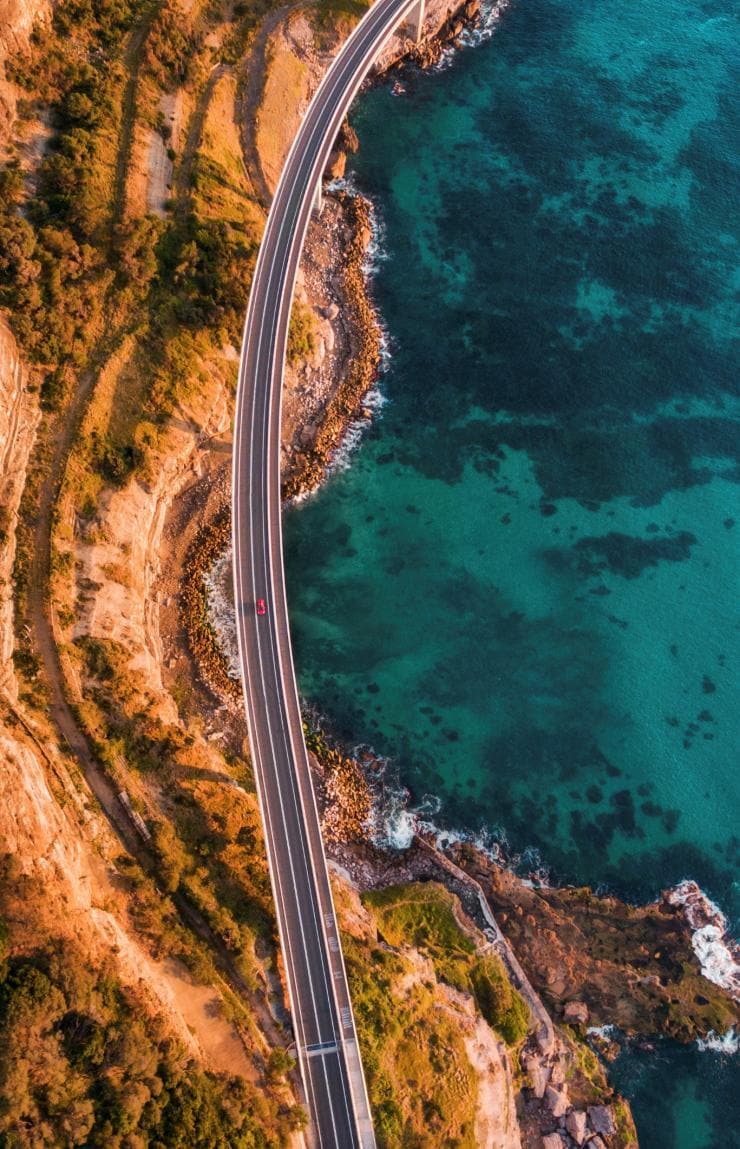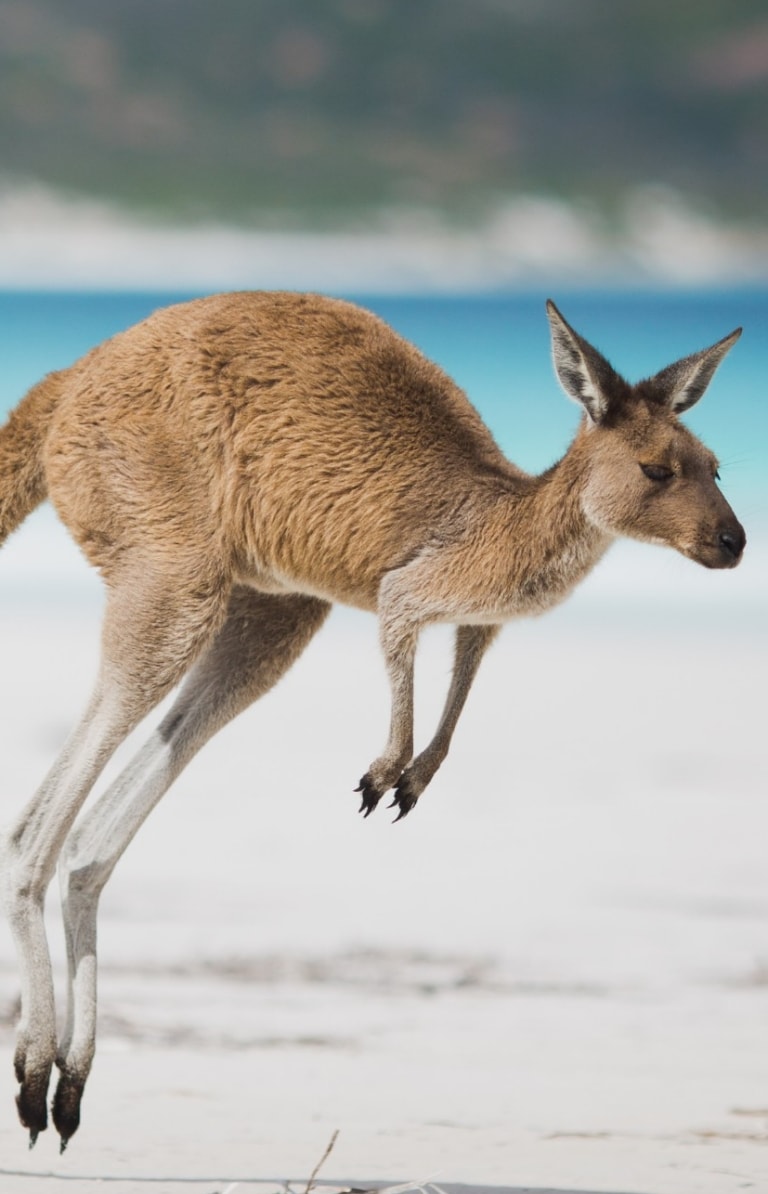Guide to Jervis Bay
Aboriginal name: Booderee (pronounced Budda-ree)
Sparkling-white sands, dazzling aqua waters and magnificent marine life combine to make Jervis Bay the epitome of paradise.
Home to some of the world’s whitest sands, the beaches of Jervis Bay are among Australia's best. Enveloping the bay is breathtaking bush, including the Aboriginal-owned Booderee National Park where native wildlife, tranquil trails and an endless collection of secluded beaches are cherished by travellers and locals alike. Beneath the gentle surface of the bay lies the Jervis Bay Marine Park. It’s here where the playful residents – including dolphins, seals, fairy penguins and whales – frolic in the waters.
Top things to do in Jervis Bay
Relax on white-sand beaches
It’s no secret that Jervis Bay’s beaches have some of the whitest sand in the world. While many travellers make a beeline for the iconic Hyams Beach, there are a myriad of stunning secluded shorelines to choose from.
Go dolphin and whale watching
The Jervis Bay Marine Park is bursting with life. From seals to fairy penguins and a jaw-dropping number of dolphins – it’s almost impossible not to spot wildlife on the water. Add breaching whales (in season), and you’ve got quite the show.
Dine between the treetops
Perched among the treetops, Paperbark Camp’s Gunyah Restaurant is both romantic and relaxing. Listen to the birds while enjoying their three-course menu combining seasonal flavours, Indigenous ingredients, and contemporary Australian cuisine.
Explore Booderee National Park
The Booderee National Park combines Jervis Bay’s white-sand beaches and pristine waters with the wonders of the Australian bush. Whether beach hopping, hiking or kangaroo spotting, you’re bound to have a great time on this slice of Aboriginal land.
Watch bioluminescent plankton
If you thought Jervis Bay’s beaches were breathtaking during the day, wait until you see them under the night’s sky as thousands of blue bioluminescent plankton light up the shoreline. It’s a beautiful and beguiling sight.
Wander the White Sands Walk
Soak up Jervis Bay’s serene beaches on the gentle 2.5-kilometre (1.5-mile) White Sands Walk and Scribbly Gum track. Take a picnic and bring your bathing suit; you’ll want to jump into the crystal waters of Chinamans, Hyams and Seamans beaches.
Swim with whales and seals
You can’t go to Jervis Bay without experiencing the magic of the marine park. Join Dive Jervis on a snorkel or diving trip or, if you’re up for an intimate encounter with friendly giants, opt for the swimming with whales and seals experience.
Visit the botanic gardens
The Booderee Botanic Gardens is no doubt a highlight of the national park. Aboriginal-owned, the gardens offer a fascinating insight into bush tucker and medicinal plants. Follow one of the garden’s walking trails before enjoying lunch on the lawns.
Paddle around the bay
One of the best ways to soak up Jervis Bay’s breathtaking beaches is from the water itself. Join one of the frequent kayak or SUP tours, or hire the equipment for the day and embark on your very own ocean adventure.
Glamp or camp in the bush
If there’s ever been a place to camp, it’s Jervis Bay. From luxury glamping between the eucalypts to campervan spots with ocean views and back-to-nature national park sites, there’s a unique camping opportunity around every corner.
Visit the lighthouse
The Point Perpendicular Lighthouse, perched 90 metres (295 feet) above the ocean, offers sweeping views of the region (and in season, whales!). Be sure to stop by the area’s beautiful beaches on your drive up, including the hidden gem, Honeymoon Bay.
Check out the local brewery
If you’re seeking a refreshing ale after a day at the beach, then look no further than Jervis Bay Brewing Co. Grab a bite from the food truck and settle in. For those feeling fruity, the “Mountain Ghost” will be sure to tantalise your tastebuds.
Jervis Bay accommodation and tours

Oasis Inn Ulladulla
Motels • Swimming Pool • 5 Stars
Accommodation
From AU$200 to AU$500

Allure on Ocean Motel
Motels • 4 Stars
Accommodation
From AU$190 to AU$500
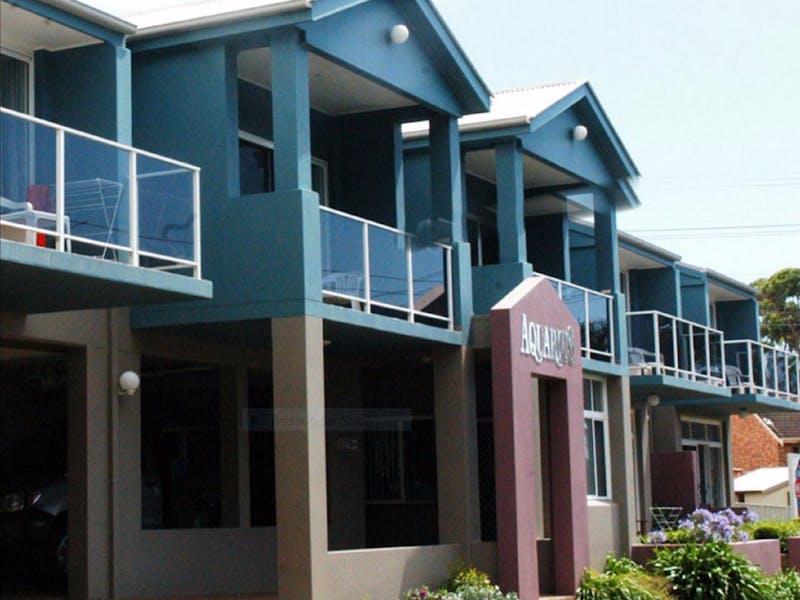
Mollymook Aquarius Apartments
Motels, Apartments • 4 Stars
Accommodation
From AU$110 to AU$280

Seacrest Caravan Park
Cottages • 3 1/2 Stars
Accommodation
From AU$185.00 to AU$295.00

The Cabin
Holiday Houses • Pet Friendly - Enquire
Accommodation
From AU$100 to AU$900

Buwarla House
Holiday Houses
Accommodation
Learn more

Rubus Residences Berry
Cottages, Holiday Houses, Hotels, Resorts, Retreat and Lodges • Open Fireplace
Accommodation
From AU$920 to AU$1700

Salty Marlin
Holiday Houses
Accommodation
Learn more

Holiday Haven Bendalong
Caravan, Camping and Holiday Parks • Swimming Pool
Accommodation
From AU$45 to AU$575

Moraea Farm Berry
Cottages, Holiday Houses, Hotels, Resorts, Retreat and Lodges • Swimming Pool
Accommodation
From AU$1760 to AU$2100
